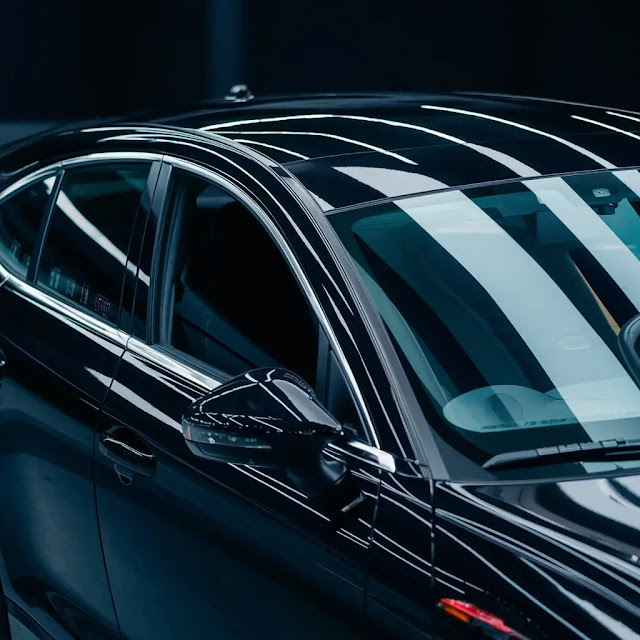Exploring the Fine Details of Automotive Window Tinting: Identifying High-Quality Tint
The well-known phrase "not everything that glitters is gold" is especially true in the realm of automotive window tinting. For car owners, the real value of tint lies not in its immediate appearance but in understanding what goes into making a tint of true quality. This means looking at the types of materials used—be it dyed, hybrid, metallic, or ceramic tints—each known for their distinct characteristics and levels of performance.
Moreover, the way a tint is installed plays a critical role in both its durability and effectiveness. If you're contemplating investing in a high-quality window tint and wondering what criteria to consider, join us as we delve into the details of what makes for superior window tinting.
Delving into the Composition of Materials
At the core of automotive window tinting is the material used, a factor that significantly influences both the tint's functionality and lifespan. Predominantly made from polyester for its versatility, transparency, and dyeing capability, the distinction in quality among tints arises from the additional materials blended into them. Premium tints may include metals, ceramics, or carbon, each offering its own set of advantages. For instance, metalized films are known for their heat rejection properties, ceramic tints for their UV blocking capabilities and preservation of radio signals, and carbon tints for their UV protection and fading reduction, all while ensuring visibility is not compromised.https://medium.com/@moorparkwt/auto-window-tinting-unveiled-exploring-vlt-uv-protection-and-beyond-6574f2c5b2f0
By understanding these materials, you can make an informed choice on the tint that best meets your needs, enhancing both the pride and sense of community among auto enthusiasts.
Each method comes with its own advantages and disadvantages, highlighting the importance of choosing an installer who is proficient in the preferred installation technique to meet your specific requirements.
By understanding these materials, you can make an informed choice on the tint that best meets your needs, enhancing both the pride and sense of community among auto enthusiasts.
Unpacking Installation Techniques
After selecting the ideal tint material, it's essential to consider the installation methods, which significantly impact the tint's performance and longevity. The two primary techniques are hand-cutting and computer-cutting. Hand-cutting involves manually sizing the tint to fit the windows and demands a high level of precision and expertise, though it's susceptible to human error. Computer-cutting, conversely, employs precise digital templates to ensure an exact fit, reducing the risk of any damage to the windows.Each method comes with its own advantages and disadvantages, highlighting the importance of choosing an installer who is proficient in the preferred installation technique to meet your specific requirements.


.webp)

Comments
Post a Comment